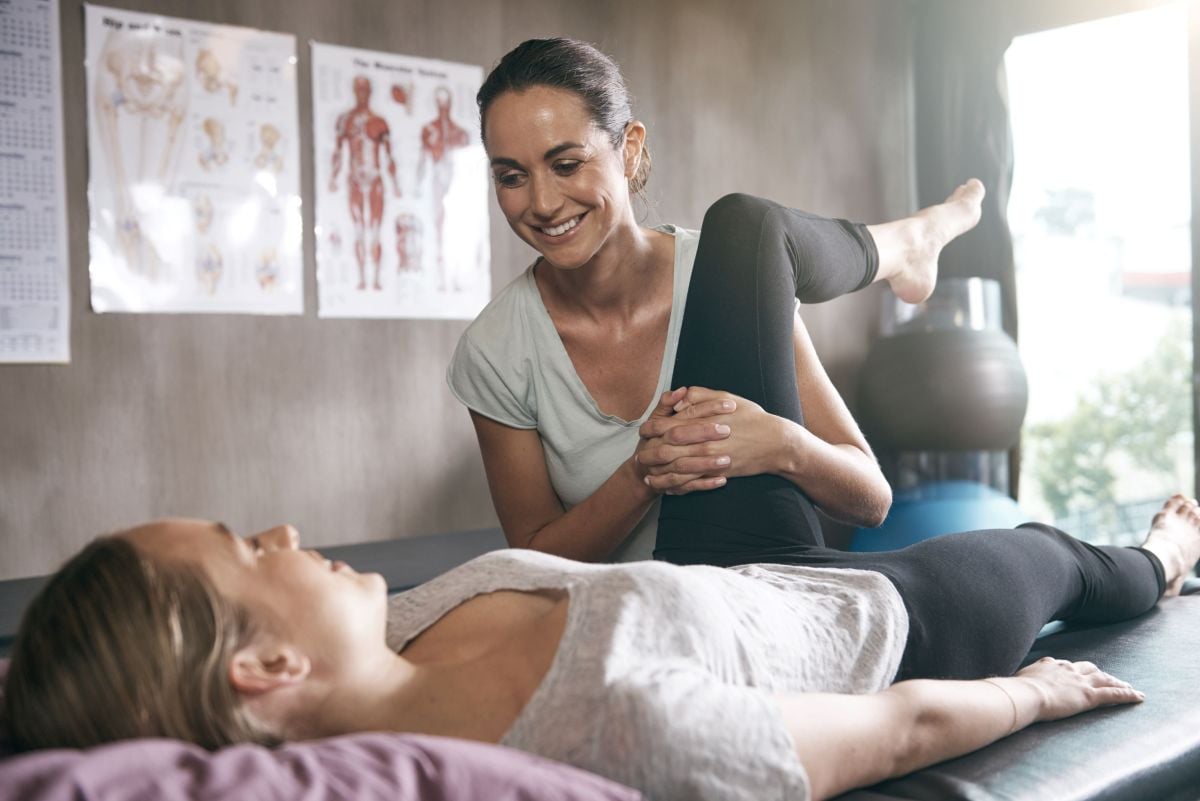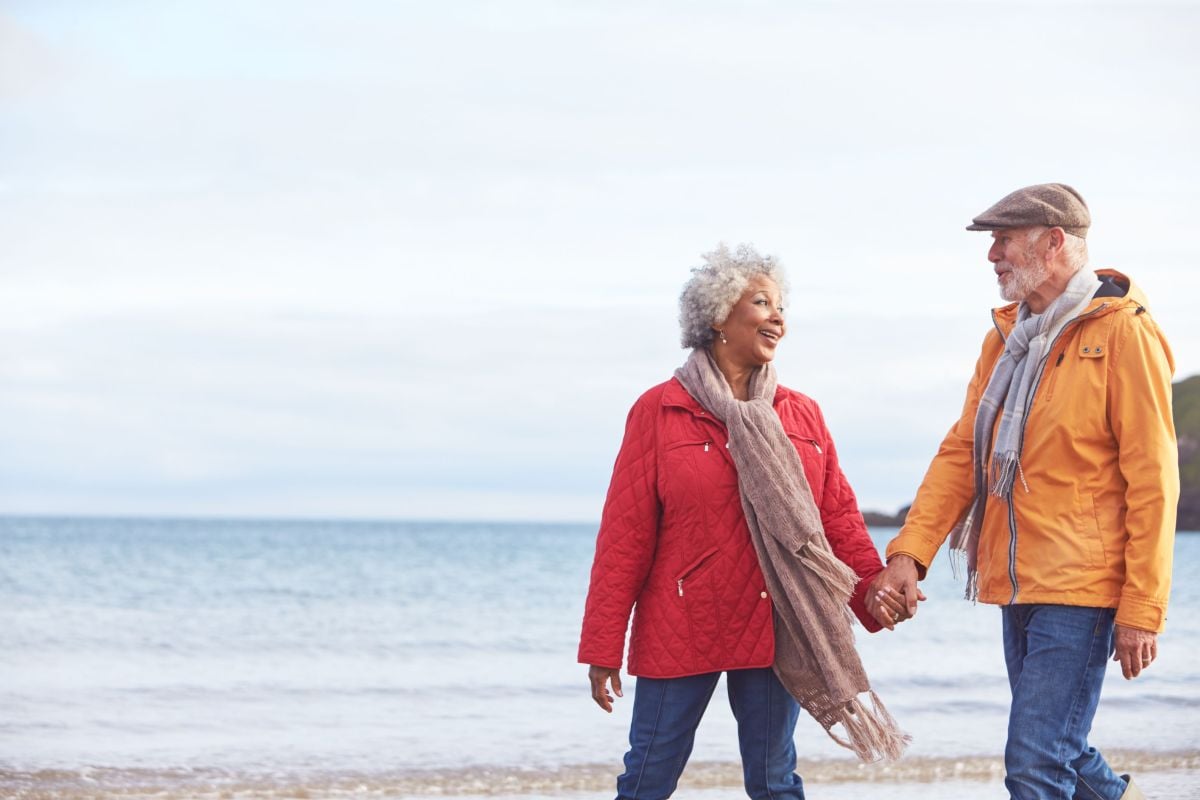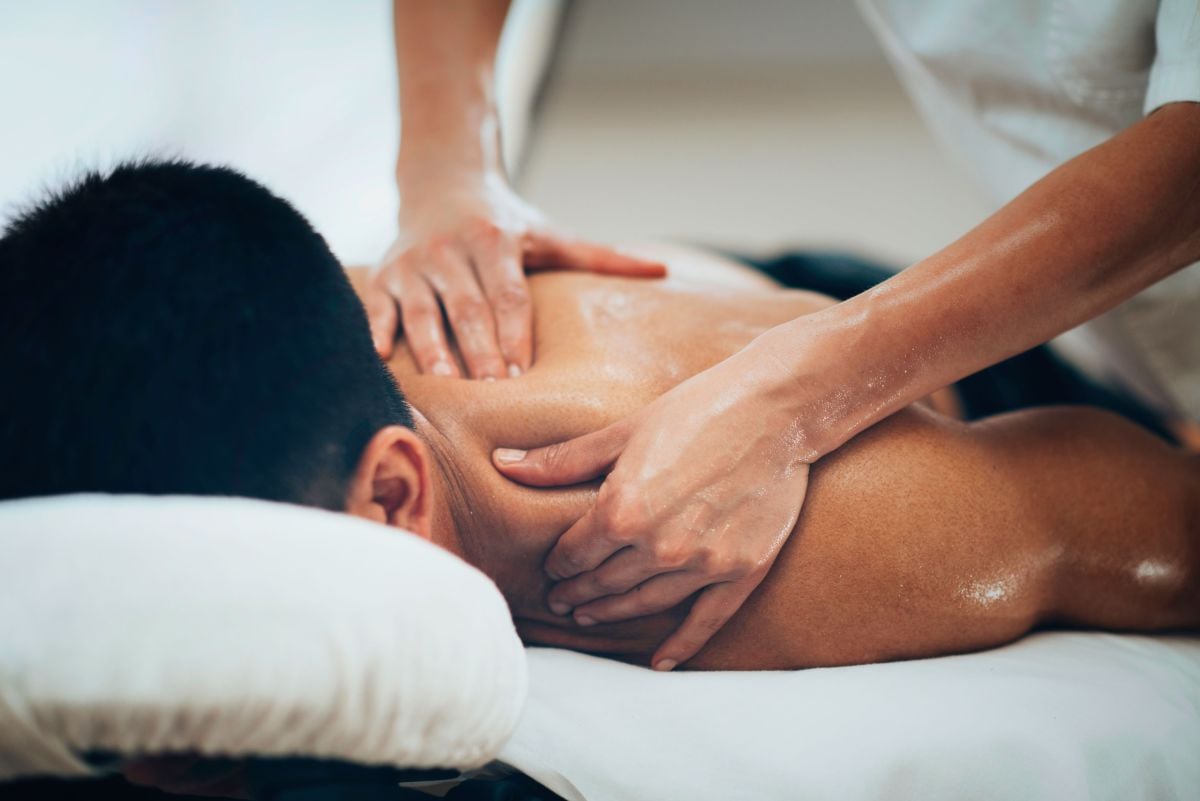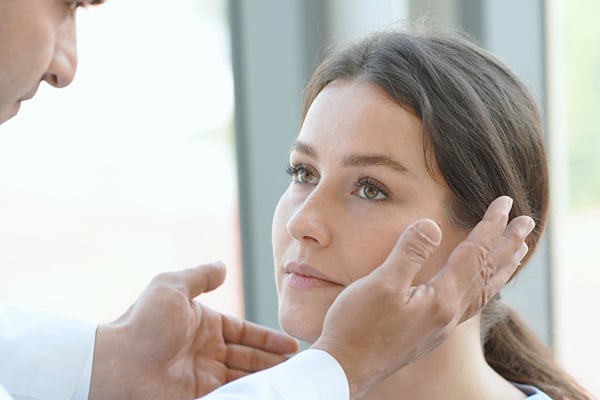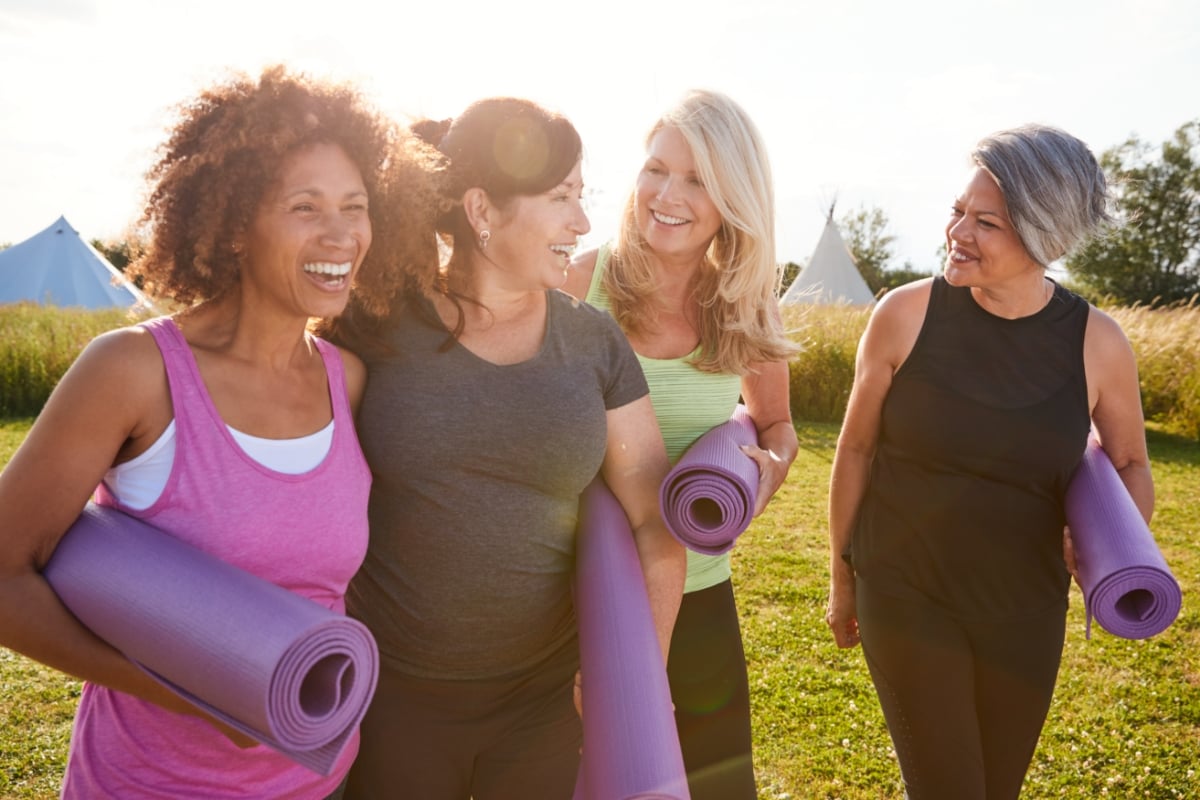5 balance exercises that can help prevent falls
Note: If you have not been physically active or have questions about the exercises below, check with your primary healthcare provider before starting a new activity program. If you feel dizzy or unwell while exercising, stop and rest before continuing, if the situation does not improve, consult a healthcare professional before continuing.
Falls are a leading cause of hospitalization in older adults, often resulting in injury. It is important to recognize why falls happen and what we can do to prevent them. Falls are the result of a combination of a loss in balance (which is harder to maintain as we age) and a failure to regain it. Balance is regained by balance recovery reactions, examples of which are stepping out with your foot or grabbing onto a surface close by.
Studies show that over half the causes of falls are related to internal factors that are most often associated with a loss of control of posture. One of the main internal factors is weak or abnormally tight postural muscles. Aging is also associated with a shift from posture control being automatic to requiring more thinking. This results in a decrease in behaviours that maintain posture and stability like standing and sitting tall. This change can become particularly problematic when you need to maintain balance while doing a complex mental task.
These balance factors can be addressed with balance training.
What is balance?
Balance is the even weight distribution that lets us stay upright and steady. There are 3 main body systems involved in controlling balance; vision, proprioception (the body's ability to sense its position in space) and the vestibular system of the inner ear (senses head and body position while in motion and keeps our vision stable when our head is moving). In certain situations, one or two systems are used more than the other to maintain balance. For example, when it is dark you will rely more on proprioception and vestibular sense over vision. Training only one system may not improve balance in all situations, it is therefore important to train all 3 systems by using variations on exercises, as shown below.
Why should we do balance exercises?
One of the main benefits of balance training is, you guessed it - improved balance. If you can reach further outside of your base of support, this indicates better balance. The base of support is the area under a person that includes all points of contact that the person makes with the supporting surface. For example, the space including and between a person's feet when standing. Balance training significantly increases how far you can reach outside of your base of support without losing balance, which contributes to a decreased risk of falling. Reactive balance training (practicing losing balance and regaining it in a safe and controlled environment) improves balance and is directly linked with a decreased incidence of falls.
Increased confidence in balance is another factor linked to falls prevention. Increased confidence comes from being more comfortable with your ability to balance, thus decreasing the fear of falling. After balance training, participants were able to walk faster and take larger steps, indicating confidence. In addition, a more upright posture can be seen after balance training. This is due to changes in the brain that make posture control more automatic, making it easier to balance, thus increasing confidence.
Clearly balance training is useful, but how is it done?
Guidelines
Balance activities should be done 3 or more times a week up to every day. These are low intensity exercises (which won’t cause you to get out of breath) that can be done using exercise videos or incorporated with flexibility training such as in tai chi and yoga. You can start with 10-minute balance training sessions and work up to 20-30 minute sessions, with the aim of doing 60 minutes a week.
Exercise principles summary

Warm-up and cool-down
Warming up your muscles is important for injury prevention and cool downs help to gradually decrease your heart rate and breathing rate while promoting relaxation. They should be done with any exercise program. A more thorough explanation and examples can be found in our aerobic activity for falls prevention blog.
5 exercises to help you train your balance
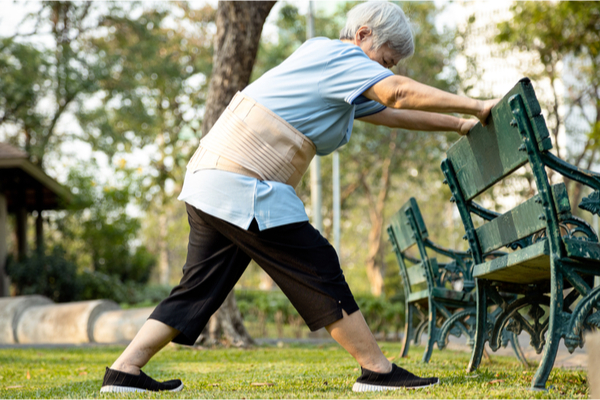
When you go through these exercises for the first time you may want to have a friend or family member around to make sure you stay safe and are comfortable. Do these exercises close to a stable support surface you can grab if you start to feel off balance. Before starting, consider your posture – make sure you are standing or sitting tall with your eyes looking straight in front of you. For a more detailed description of the exercises, tips, and progressions, check out the video above.
- Weight shifting on a firm surface: leaning from one side to the other, feeling your weight move from one leg to the other.
- As you get comfortable on the firm surface, you can practice weight shifting on a foam surface. You can use a folded yoga mat or a folded rug on another rug (to prevent slipping).
- As you get comfortable on the firm surface, you can practice weight shifting on a foam surface. You can use a folded yoga mat or a folded rug on another rug (to prevent slipping).
- Single leg stands on a firm surface: Holding a steady surface, you can start by lifting the heel of one leg and progress to lifting the whole foot as you get comfortable. Once you are comfortable, you can lift your foot higher.
- As you get comfortable on the firm surface, you can practice single leg stands on a foam surface. You can use a folded yoga mat or a folded rug on another rug (to prevent slipping).
- As you get comfortable on the firm surface, you can practice single leg stands on a foam surface. You can use a folded yoga mat or a folded rug on another rug (to prevent slipping).
- Reaching exercise on a firm surface: With your eyes open, reach out and tap a blank wall in front of you. As you get more comfortable, you can increase the distance from the wall and reach in different directions. Do not try this activity with eyes closed.
- Door-way reactive balance leaning exercise: Standing about arm's length from a doorway (make sure it is narrow enough that you can touch both sides with your arms comfortably) place your hands on it. Lean forward until you feel yourself start to tip and step out to catch yourself. Use your arms to catch yourself if you can’t step out in time. Do this exercise with open eyes only.
- Walking: practice walking while getting your feet closer together. Make sure to have a steady surface nearby in case you feel yourself start to lose balance.
If you have any specific concerns, questions, or would like to try personalized reactive balance training, Lifemark physiotherapists and kinesiologists can help. As experts in movement, they are knowledgeable about various exercises and modifications for injuries.
For more information or if you’d like to schedule an appointment, check out our locations page to find a Lifemark clinic near you or book online.
This blog was written by Ann Szczepanski, a Physiotherapy student from the University of Toronto.

